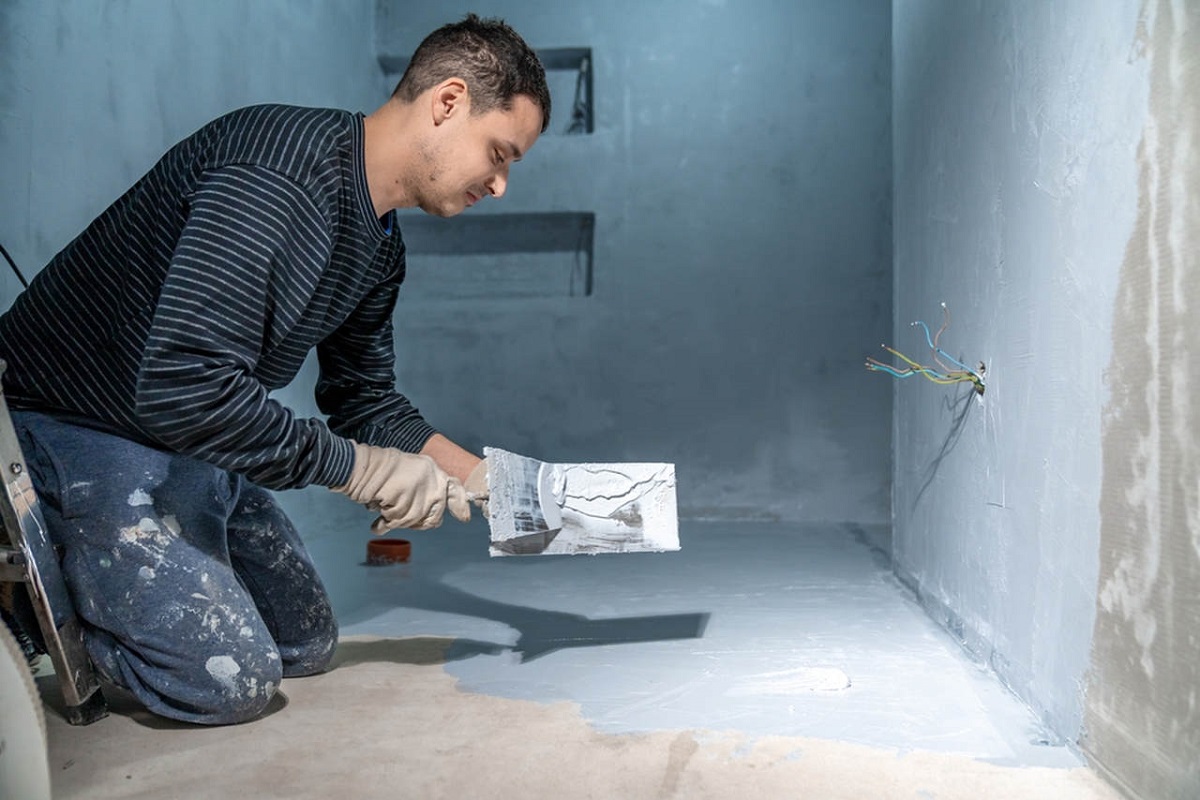

Articles
How To Waterproof Bathroom Floor
Modified: October 20, 2024
Discover the best articles on how to waterproof your bathroom floor and keep it protected from moisture. Expert tips and step-by-step guides to ensure a long-lasting and leak-free flooring solution.
(Many of the links in this article redirect to a specific reviewed product. Your purchase of these products through affiliate links helps to generate commission for Storables.com, at no extra cost. Learn more)
Introduction
Welcome to our comprehensive guide on how to waterproof your bathroom floor. When it comes to bathroom renovations or new construction, ensuring a waterproof floor is essential to prevent water damage, mold growth, and structural issues. By following the right steps and using the proper materials, you can create a watertight barrier that will protect your bathroom floor for years to come.
In this article, we will take you through the process of preparing your bathroom floor, choosing the right waterproofing method, applying the waterproofing agent, sealing the floor edges and joints, allowing sufficient drying time, testing the waterproofing, and adding finishing touches. We will also provide you with some essential maintenance tips to ensure the longevity of your waterproof bathroom floor.
Before we dive into the details, it’s important to note that waterproofing your bathroom floor is not just about functionality; it can also add a touch of style and elegance to your space. With a wide range of waterproofing options available, you can choose a method that suits your aesthetic preferences and complements your overall bathroom design.
Now, let’s get started on transforming your bathroom floor into a waterproof haven!
Key Takeaways:
- Proper preparation, careful selection of waterproofing methods, and thorough application are crucial for creating a durable and effective waterproof bathroom floor. Regular maintenance and inspections are essential for long-term protection.
- By following the step-by-step process outlined in the article, you can transform your bathroom floor into a watertight haven, ensuring a beautiful, functional, and worry-free space for years to come.
Read more: How To Waterproof A Concrete Floor
Step 1: Preparing the Bathroom Floor
Before applying any waterproofing agent, it’s crucial to properly prepare your bathroom floor. This step ensures a clean and even surface for the waterproofing materials to adhere to, maximizing their effectiveness.
Here are the key steps to prepare your bathroom floor:
- Clean the floor: Start by removing any dust, dirt, or debris from the floor surface. Use a broom or vacuum cleaner to thoroughly clean the area.
- Repair any damage: Inspect the floor for cracks, holes, or other damages. Fill any gaps with a suitable filler and level the surface with a putty knife. Allow it to dry completely before moving on to the next step.
- Smooth the floor: If your bathroom floor has an uneven surface, consider using a self-leveling compound. Mix the compound according to the manufacturer’s instructions and pour it onto the floor. Use a trowel to spread it evenly and smoothen out any imperfections.
- Remove any existing coatings: If your bathroom floor has old paint, varnish, or other coatings, remove them using a paint stripper or suitable chemical remover. Follow the manufacturer’s instructions for safe application and wear protective gear.
- Allow the floor to dry: After completing the above steps, allow the floor to dry completely. This ensures that the waterproofing materials will bond properly and effectively seal the floor.
By properly preparing your bathroom floor, you create a solid foundation for the subsequent waterproofing steps. This preparation not only ensures better adherence of the waterproofing materials but also helps in preventing any moisture-related issues in the future.
Step 2: Choosing the Right Waterproofing Method
When it comes to waterproofing your bathroom floor, there are several methods you can choose from. The right method for your project depends on factors such as your budget, the type of flooring, and the level of waterproofing required.
Here are some popular waterproofing methods for bathroom floors:
- Waterproofing Membrane: This method involves applying a waterproofing membrane to the floor surface. The membrane acts as a barrier, preventing water from seeping into the underlying structure. It is available in liquid or sheet form and can be applied directly to the floor. Ensure proper adhesion and complete coverage for maximum effectiveness.
- Epoxy Sealant: Epoxy sealants are a popular choice for waterproofing bathroom floors. They provide a durable and waterproof coating that seals the floor surface. Epoxy sealants can be applied with a roller or brush, and they create a seamless and high-gloss finish.
- Cementitious Waterproofing: Cementitious waterproofing involves the application of a cement-based coating to the bathroom floor. This method is particularly suitable for concrete floors. The coating forms a protective layer that resists water penetration and provides excellent durability.
- PVC Waterproofing Membrane: PVC (polyvinyl chloride) membranes are flexible and easy to install. They are often used in wet areas like bathrooms and provide a reliable waterproofing solution. PVC membranes are available in rolls and can be glued or heat-welded to create a watertight surface.
Before selecting a waterproofing method, consider factors such as the level of maintenance required, the durability of the solution, and the compatibility with your bathroom floor material. It’s also a good idea to consult professionals or seek expert advice to ensure you choose the best waterproofing method for your specific needs.
Remember, the effectiveness of the waterproofing method is crucial in protecting your bathroom floor from water damage and prolonging its lifespan. So, take your time to research and select the most suitable option.
Step 3: Applying the Waterproofing Agent
Once you have prepared your bathroom floor and selected the appropriate waterproofing method, it’s time to apply the waterproofing agent. This step ensures that your bathroom floor is well-protected against water damage and moisture infiltration.
Here are the key steps for applying the waterproofing agent:
- Read the manufacturer’s instructions: Before starting the application process, thoroughly read the instructions provided by the manufacturer of the waterproofing agent. This will help you understand the specific requirements and techniques for proper application.
- Prepare the waterproofing agent: Mix the waterproofing agent according to the manufacturer’s instructions. Use a clean bucket and a stirring stick to ensure a homogenous mixture. Follow any specific guidelines regarding mixing ratios and application temperatures.
- Apply the first coat: Start by applying a thin layer of the waterproofing agent onto the bathroom floor. Use a brush, roller, or trowel, depending on the recommended application method. Ensure even coverage and pay extra attention to any seams, edges, or joints where water penetration is more likely.
- Allow proper drying time: Follow the manufacturer’s instructions regarding the drying time between coats. It is crucial to allow sufficient time for each coat to dry and cure before applying the next one. This ensures maximum adhesion and effectiveness of the waterproofing agent.
- Apply additional coats: Depending on the waterproofing agent and level of protection required, you may need to apply multiple coats. Apply additional coats following the same technique as the first coat, ensuring complete coverage and uniformity.
It is essential to maintain a consistent thickness and coverage while applying the waterproofing agent. This will ensure that there are no weak spots or areas prone to water infiltration. Take care not to leave any gaps or uneven patches that could compromise the effectiveness of the waterproofing.
Always work in a well-ventilated area and wear appropriate protective gear, such as gloves and a mask, when handling and applying the waterproofing agent. Safety should be a top priority throughout the application process.
By following these steps and applying the waterproofing agent correctly, you can create a strong and reliable barrier against water damage, protecting your bathroom floor for years to come.
Step 4: Sealing the Floor Edges and Joints
Ensuring that the edges and joints of your bathroom floor are properly sealed is an essential step in achieving complete waterproofing. These areas are particularly vulnerable to water infiltration and can lead to costly water damage if not adequately protected.
Here’s how you can effectively seal the floor edges and joints:
- Clean the edges and joints: Use a brush or damp cloth to clean any dust, debris, or residue from the floor edges and joints. This will ensure proper adhesion of the sealant.
- Select the right sealant: Choose a high-quality waterproof sealant that is compatible with your bathroom floor material. There are many options available, such as silicone caulk, polyurethane sealant, or specialized waterproofing tapes.
- Apply the sealant: Using a caulk gun or the applicator provided with the sealant, carefully apply the sealant along the edges and joints. Ensure even coverage and fill any gaps or cracks completely. Smooth out the sealant with a putty knife or your finger for a neat finish.
- Allow the sealant to dry: Follow the manufacturer’s instructions regarding the drying time for the sealant. It is essential to allow sufficient time for proper curing and adhesion.
Pay extra attention to areas where the floor meets the walls, corners, and any protrusions like pipes or drains. These are common areas for water leakage, so thorough sealing is crucial. Check for any gaps or areas that may require additional sealant and address them promptly.
Remember that the quality of the sealant is vital in achieving a watertight seal. Choose a sealant that is specifically designed for bathrooms and is resistant to mold, mildew, and water damage. This will ensure long-lasting protection for your bathroom floor.
Regularly inspect the sealed edges and joints for any signs of wear or deterioration. If you notice any cracks, gaps, or damage to the sealant, repair it promptly to maintain the integrity of the waterproofing system.
By properly sealing the floor edges and joints, you can minimize the risk of water penetration and enhance the overall effectiveness of your bathroom floor waterproofing.
Apply a waterproofing membrane or sealant to the bathroom floor to prevent water damage. Make sure to follow the manufacturer’s instructions for proper application.
Read more: How To Waterproof Basement Floor
Step 5: Allowing Sufficient Drying Time
After applying the waterproofing agent and sealing the floor edges and joints, it is crucial to allow sufficient drying time. This step ensures that the waterproofing materials fully cure and bond to the bathroom floor, providing a durable and effective water barrier.
Here are some key points to consider when allowing drying time for your waterproof bathroom floor:
- Follow manufacturer’s instructions: Always refer to the instructions provided by the manufacturer of the waterproofing agent. They will specify the recommended drying time for the product. Different types of waterproofing agents may have varying curing times, so it’s important to follow the specific guidelines.
- Avoid foot traffic: While the waterproofing agent is drying, it is important to avoid walking on the floor. Heavy foot traffic can disrupt the drying process and compromise the effectiveness of the waterproofing. Place warning signs or barriers to prevent accidental contact or disturbance.
- Maintain proper ventilation: Adequate ventilation is essential to ensure proper drying. Open windows, use fans, or install ventilation systems to promote air circulation in the bathroom. This will help with the evaporation of moisture and speed up drying time.
- Control humidity levels: High humidity can prolong drying time, so it’s important to control the moisture levels in the bathroom. Use dehumidifiers if necessary to reduce humidity and create an optimal drying environment.
- Monitor the drying process: Regularly check the condition of the bathroom floor during the drying period. Look for any signs of moisture or tackiness. If needed, extend the drying time before proceeding with the next steps of your bathroom renovation or construction.
It is essential not to rush the drying process. Allowing sufficient drying time ensures that the waterproofing materials set properly and create a strong bond with the bathroom floor, providing an effective barrier against water damage.
Remember that the specific drying time may vary depending on factors such as temperature, humidity, and the type of waterproofing agent used. Be patient and prioritize the integrity of your waterproof bathroom floor by giving it the time it needs to dry thoroughly.
Once the drying period is complete, you can move on to the next steps, such as testing the waterproofing and adding the finishing touches to your bathroom floor.
Step 6: Testing the Waterproofing
Once you have allowed sufficient drying time for your waterproof bathroom floor, it is essential to perform a thorough test to ensure the effectiveness of the waterproofing. This step will help identify any potential issues or areas that may require additional attention or reapplication of the waterproofing agent.
Here’s how you can test the waterproofing of your bathroom floor:
- Inspect visually: Begin by conducting a visual inspection of the entire bathroom floor. Look for any signs of water penetration, such as discoloration, damp spots, or mold growth. Pay attention to areas where water is likely to accumulate, such as near the shower or bathtub.
- Perform a water test: Using a hose or buckets of water, create a controlled test by pouring water onto various sections of the bathroom floor. Observe how the water behaves and check for any signs of leakage or seepage. Be thorough in testing all areas, including corners, edges, and joints.
- Monitor for a period of time: After conducting the water test, monitor the bathroom floor for at least 24 hours. Check for any signs of water infiltration, dampness, or moisture build-up. Keep in mind that some waterproofing methods may require a longer observation period to fully assess their effectiveness.
If you notice any signs of water leakage or inadequate waterproofing during the testing phase, it is crucial to address them promptly. Depending on the severity of the issue, you may need to reapply the waterproofing agent or take additional measures to enhance the waterproofing system.
Remember that thorough testing is vital in ensuring the long-term protection of your bathroom floor. Identifying and resolving any waterproofing concerns early on will help prevent costly water damage and maintain the integrity of your bathroom.
It’s important to note that periodic retesting of the waterproofing system in your bathroom is advisable. Over time, wear and tear, as well as regular use, can impact the effectiveness of the waterproofing. Regular maintenance and inspections will help identify any potential issues and allow for timely repairs or reapplications.
Once you are satisfied with the results of the waterproofing test, you can proceed with confidence to the final steps of your bathroom renovation or construction project.
Step 7: Finishing Touches and Maintenance Tips
After successfully waterproofing your bathroom floor, it’s time to add the finishing touches and implement proper maintenance practices to ensure the longevity of your waterproofing system. These final steps will not only enhance the appearance of your bathroom but also help preserve the effectiveness of the waterproofing for years to come.
Here are some important finishing touches and maintenance tips for your waterproof bathroom floor:
- Install a quality bath mat or rug: Place a durable and absorbent bath mat or rug near the shower, bathtub, and sink area. This will help absorb excess water and prevent slips while also protecting the floor from potential damage.
- Use a high-quality grout and caulk: Ensure that the grout and caulk used in the bathroom are of high quality and specifically designed for wet areas. Regularly inspect and maintain the grout and caulk to prevent cracks and gaps that may compromise the waterproofing.
- Keep the bathroom well-ventilated: Proper ventilation is essential for preventing moisture buildup and maintaining the integrity of the waterproofing. Open windows or use exhaust fans to promote airflow and reduce humidity in the bathroom.
- Wipe up spills immediately: Promptly clean up any water spills or splashes to prevent water from pooling on the floor. Regularly check for any signs of leakage from fixtures and address them promptly to avoid water seepage into the flooring.
- Regularly inspect the waterproofing: Periodically examine the entire bathroom floor for any signs of wear, damage, or deterioration of the waterproofing system. Promptly address any issues, such as cracks or peeling, by reapplying the waterproofing agent or seeking professional assistance.
- Follow proper cleaning procedures: Use mild, non-abrasive cleaning products specifically designed for your bathroom floor material. Avoid harsh chemicals that can degrade the waterproofing or damage the finish. Regularly clean the floor to prevent the buildup of dirt and grime that can compromise the effectiveness of the waterproofing.
By implementing these finishing touches and following proper maintenance practices, you can extend the lifespan of your waterproof bathroom floor and ensure ongoing protection against water damage.
Remember that regular inspections, repairs, and maintenance are essential for the long-term durability and functionality of your bathroom floor waterproofing system. Stay vigilant and address any issues promptly to avoid more significant problems down the line.
With the proper care and maintenance, your waterproof bathroom floor will continue to provide a safe and water-resistant environment for years to come.
Conclusion
Congratulations! You’ve reached the end of our comprehensive guide on how to waterproof your bathroom floor. By following the step-by-step process outlined in this article, you have learned the essential techniques to create a watertight barrier that will protect your bathroom floor from water damage and prolong its lifespan.
From preparing the bathroom floor to choosing the right waterproofing method, applying the waterproofing agent, sealing the floor edges and joints, allowing sufficient drying time, testing the waterproofing, and adding the finishing touches – each step plays a crucial role in ensuring the effectiveness of your waterproofing system.
Remember, proper preparation, careful selection of materials, and thorough application are key factors in achieving a successful waterproofing result. Take your time, follow the manufacturer’s instructions, and pay attention to detail to ensure maximum protection for your bathroom floor.
Additionally, regular maintenance and inspections are essential to keep your waterproof bathroom floor in optimal condition. Stay vigilant, address any issues promptly, and follow recommended cleaning and maintenance procedures to ensure the long-term durability and effectiveness of your waterproofing system.
We hope that this guide has provided you with valuable insights and guidance to help you in your bathroom renovation or construction journey. By mastering the art of waterproofing, you can enjoy a beautiful, functional, and worry-free bathroom for years to come.
Remember, if you have any doubts or concerns, do not hesitate to consult professionals or seek expert advice. They can provide personalized guidance based on your specific needs and ensure the best possible outcome for your waterproof bathroom floor.
Thank you for joining us on this waterproofing journey, and we wish you the best of luck in your bathroom project!
Frequently Asked Questions about How To Waterproof Bathroom Floor
Was this page helpful?
At Storables.com, we guarantee accurate and reliable information. Our content, validated by Expert Board Contributors, is crafted following stringent Editorial Policies. We're committed to providing you with well-researched, expert-backed insights for all your informational needs.
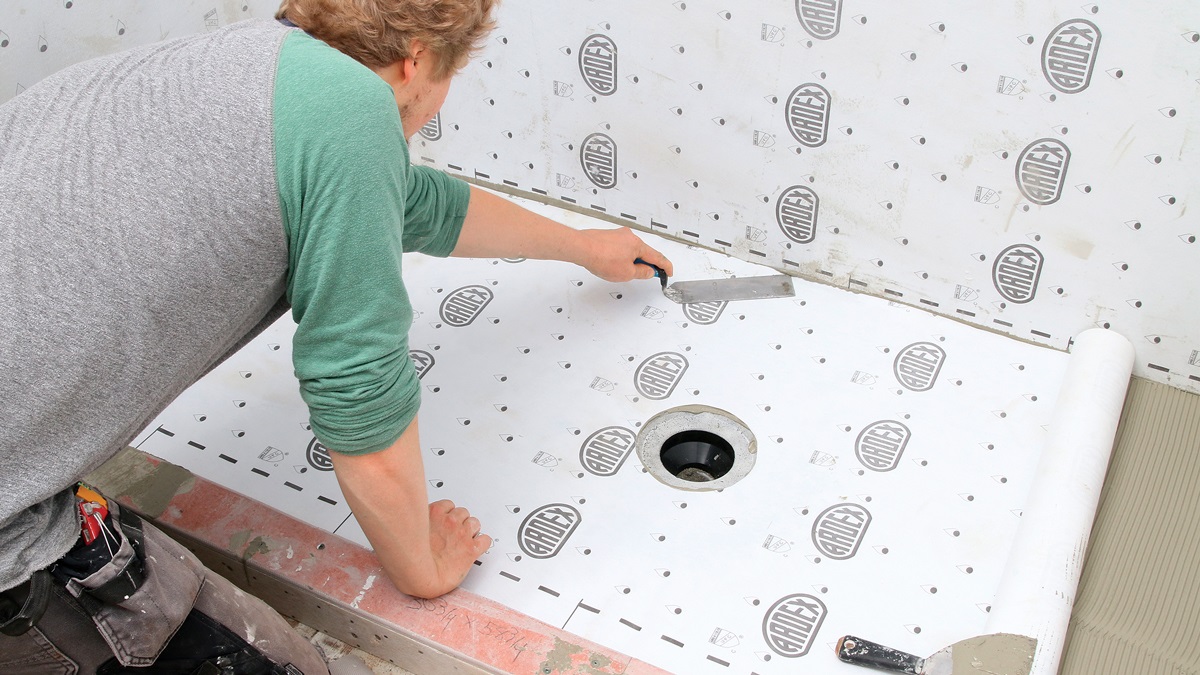
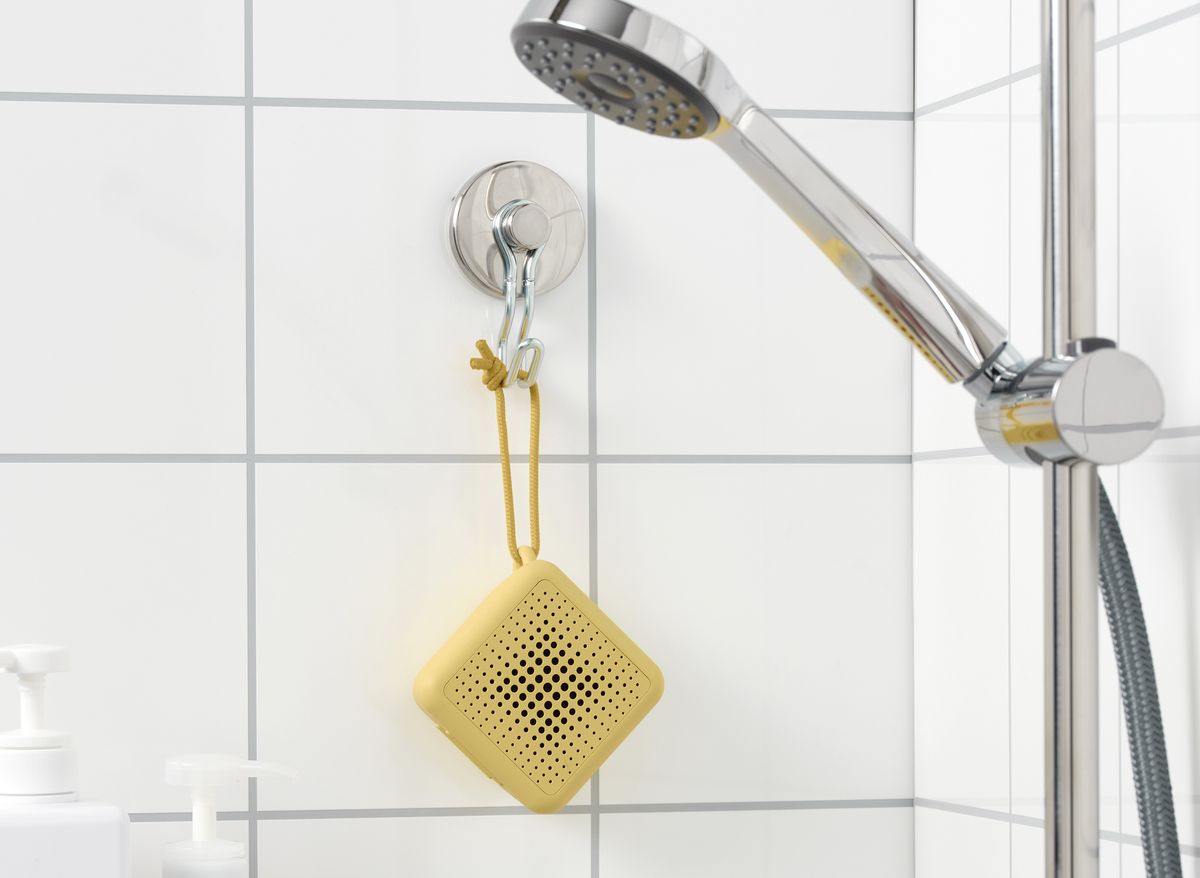
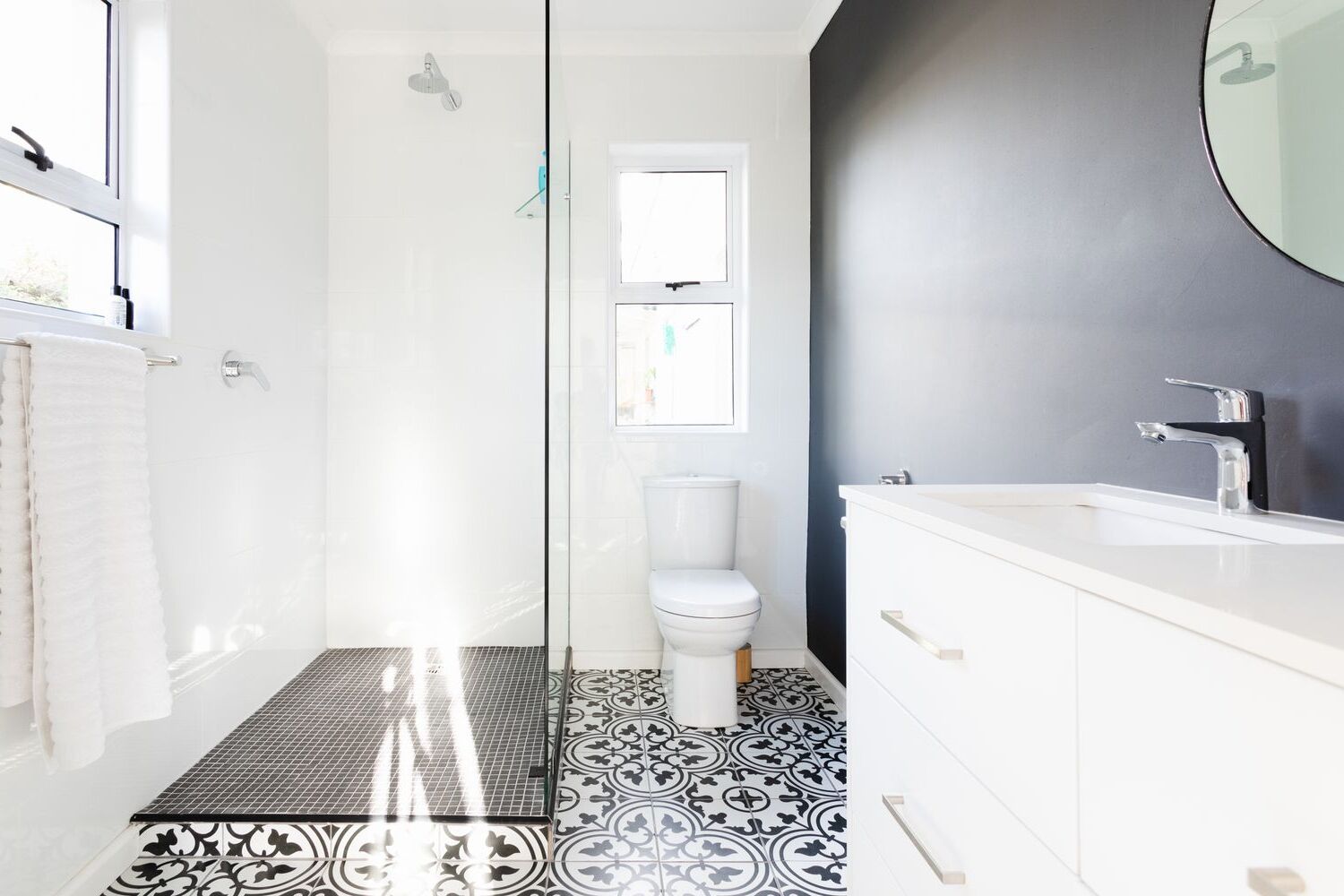

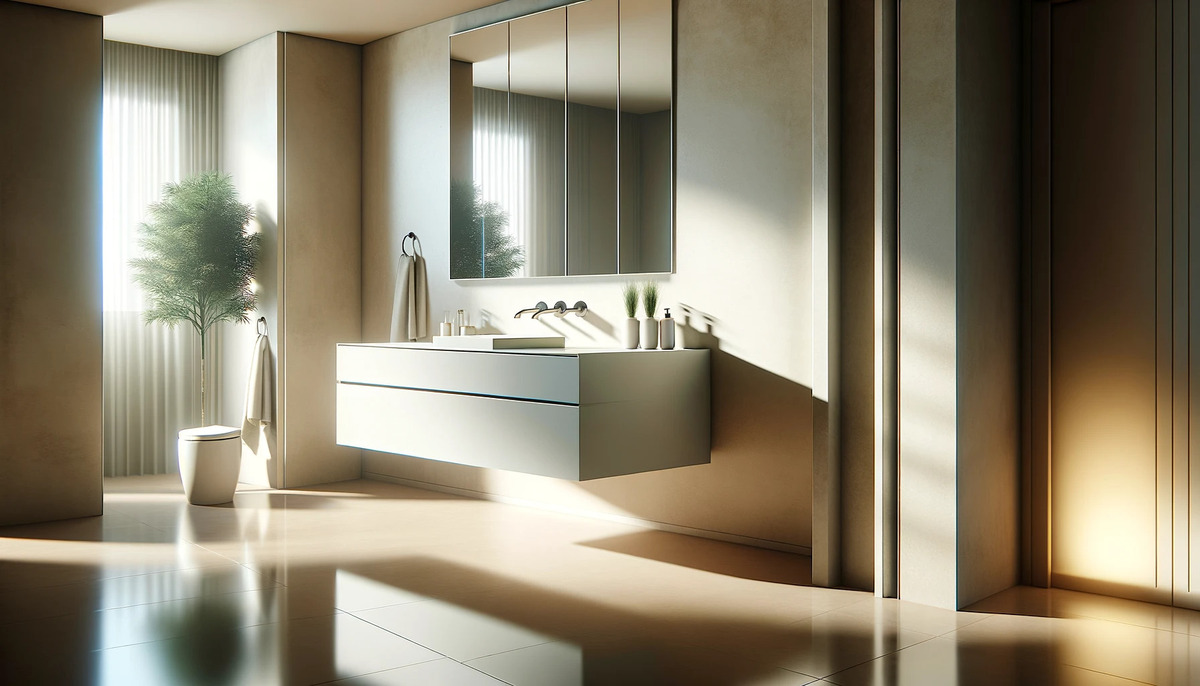
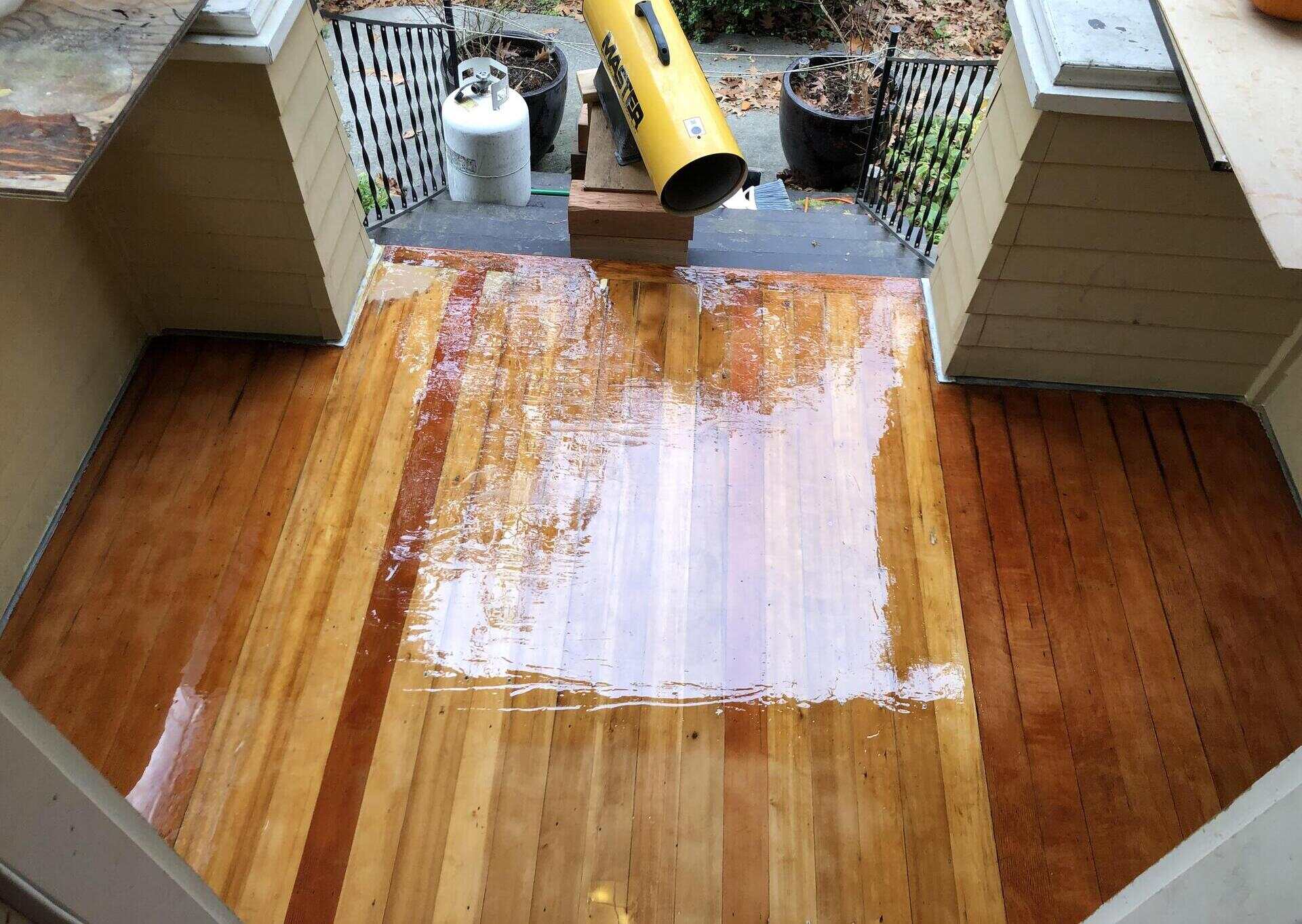
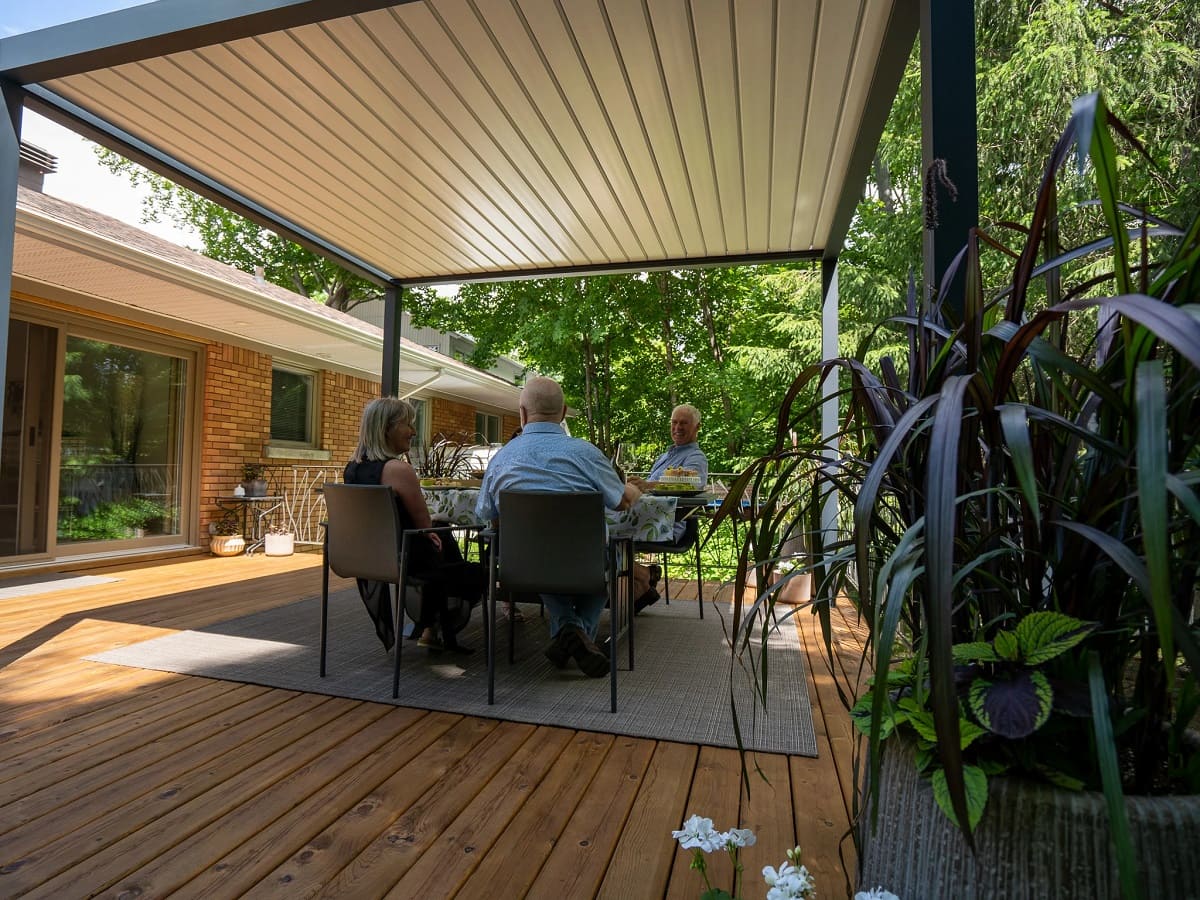
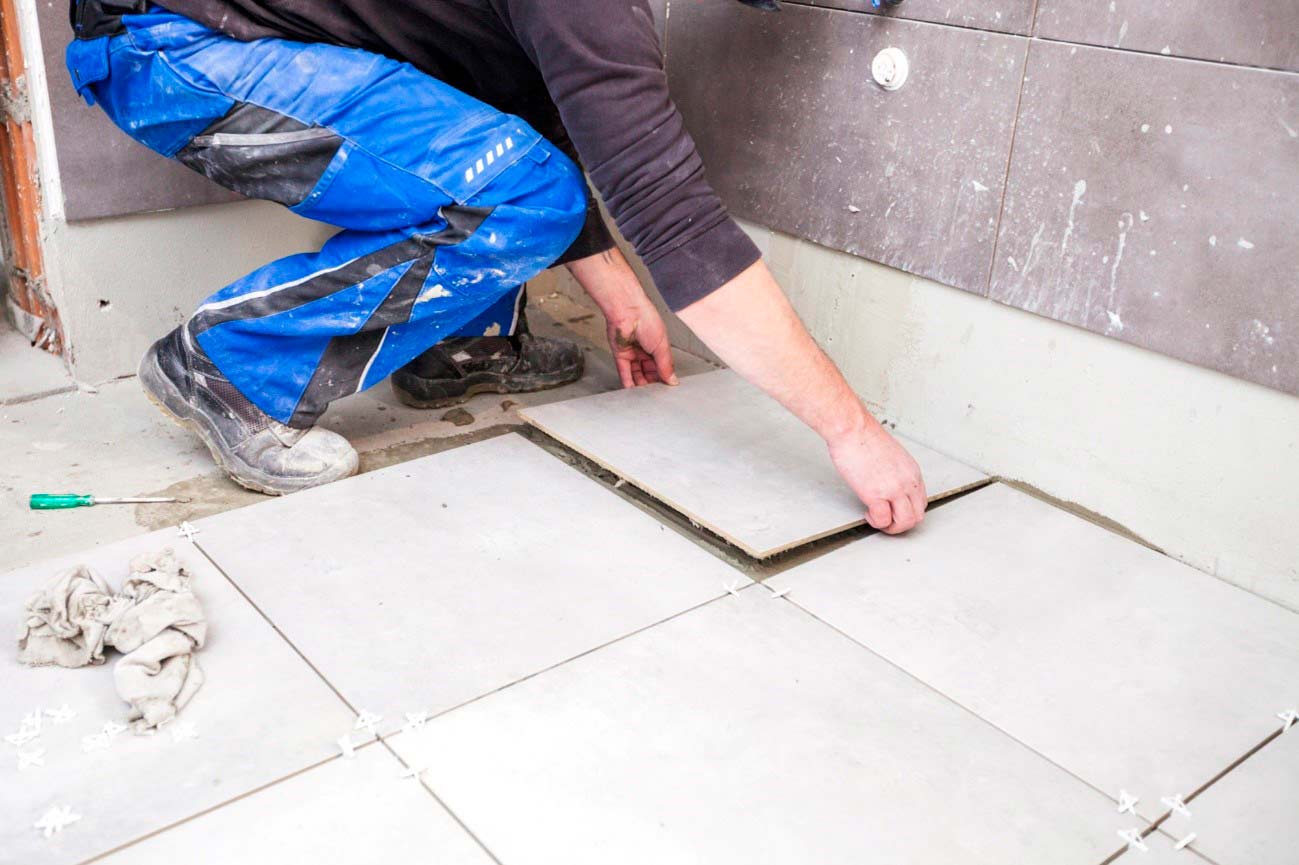
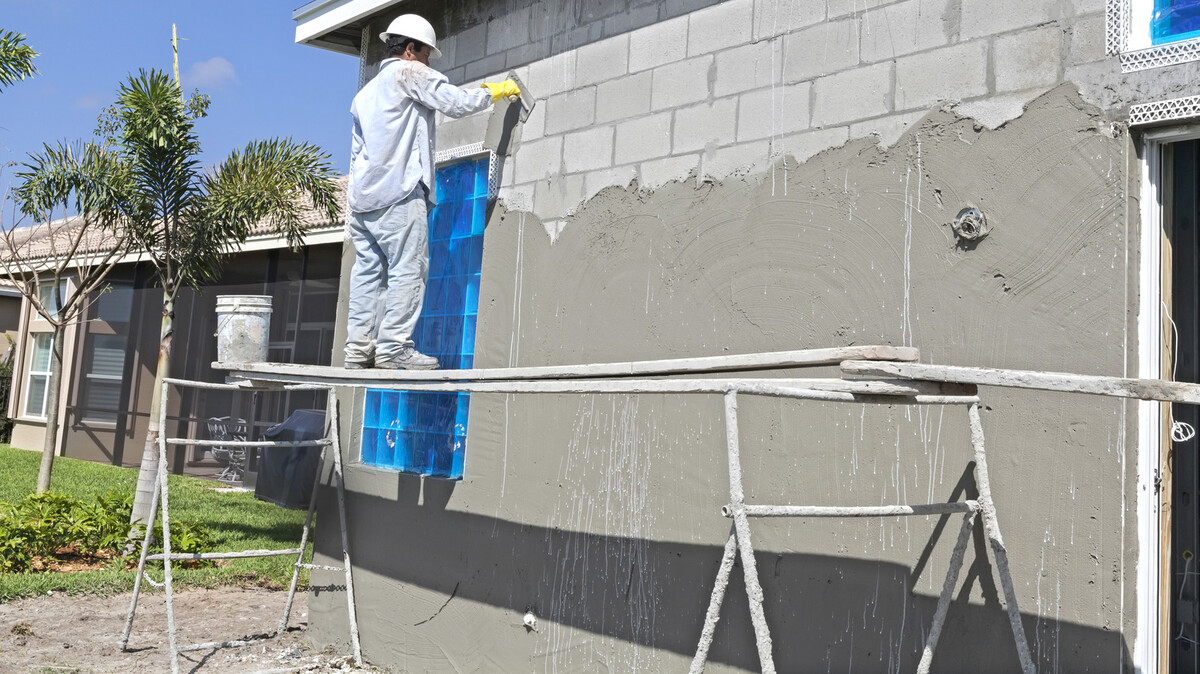

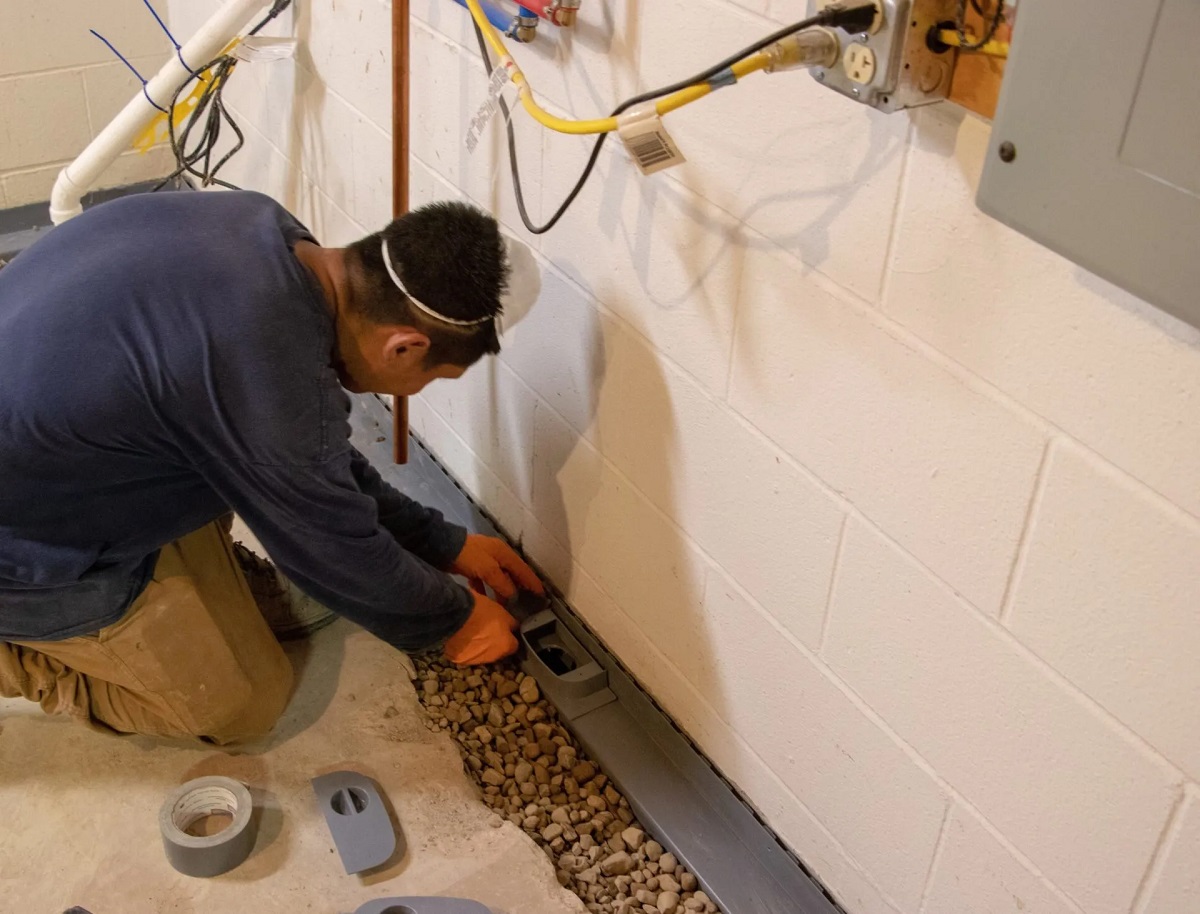
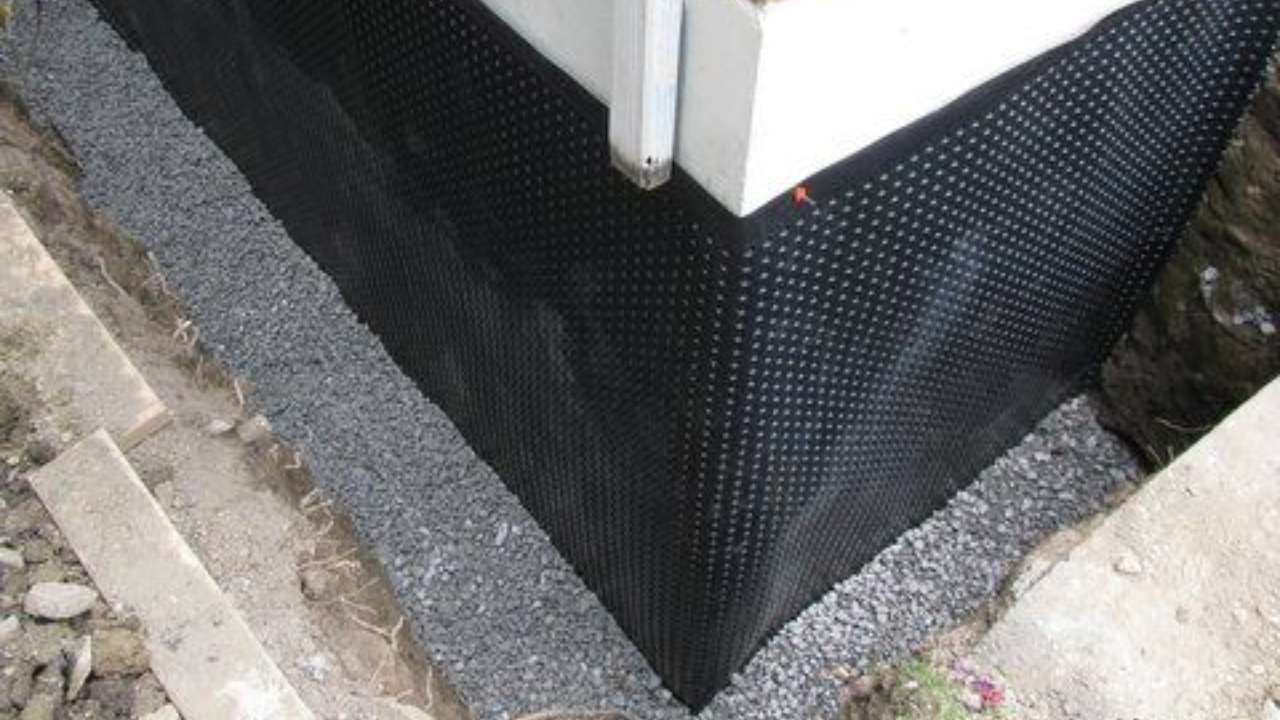
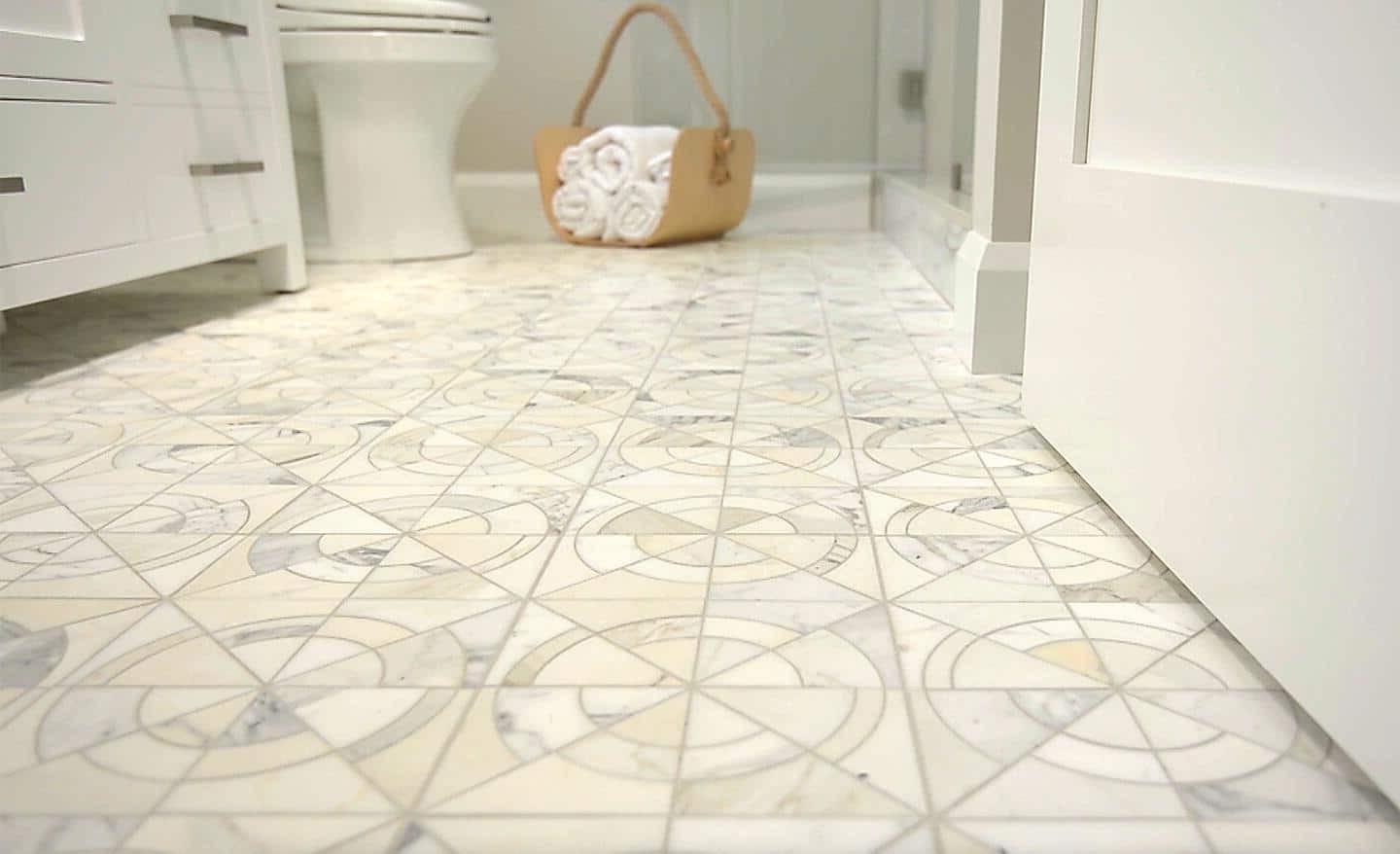
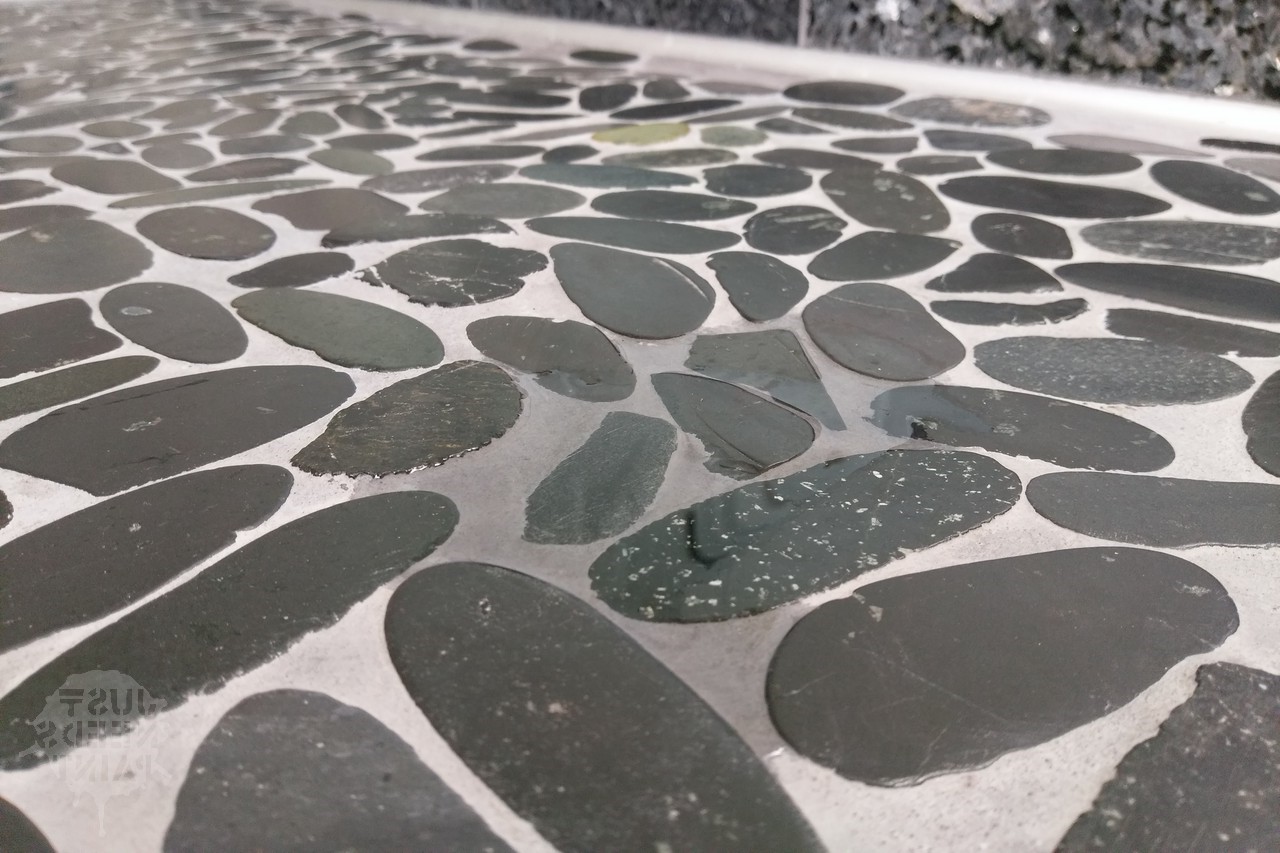

0 thoughts on “How To Waterproof Bathroom Floor”